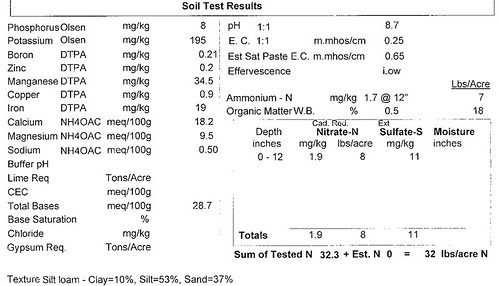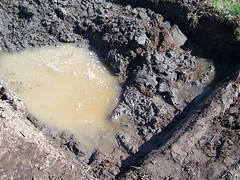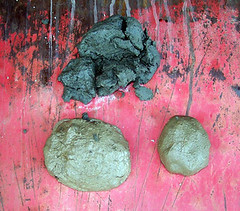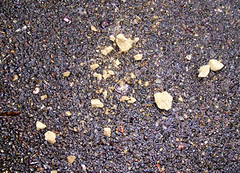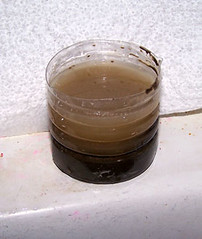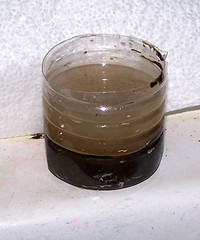New to pond building! Is this soil good enough? - 04/08/09 05:20 AM
Hi Everybody!
I'll jump right in: I have a little farm with a tiny irrigation retention pond, and want to put a bigger pond in. I have the site planned out. The water will be from runoff and irrigation water.
The soil on my property is mapped as Outlook Sandy Loam, but when we did a test, we encountered a compact layer that was waterproof. The soil above the layer was all wet, but when we hit the layer 4' down, the layer was just moist in the top couple of inches, then dry down about 10 more inches. We did not go further, so I am not sure how thick the layer is.
I had the layer checked, and it is "Texture Silt Loam - Clay=10%, Silt=53%, Sand=37%", with some small rocks mixed in.
Does this sound like a good enough mixture of grades, for sealing by compaction? My intention was to have this layer saved, and dig for donar material if needed.
I want to have depths up to 12', so I figured if the above soil mix was good enough, I would line the bottom of the pond with it, disc it, then compact an 8" layer, then compact another 8" layer over that; doing all of the compacting with a sheepsfoot roller.
Any advice would be greatly appreciated. I also have illustrations of my plans, if anyone would like to see them!
Thanks in advance, Chris.
I'll jump right in: I have a little farm with a tiny irrigation retention pond, and want to put a bigger pond in. I have the site planned out. The water will be from runoff and irrigation water.
The soil on my property is mapped as Outlook Sandy Loam, but when we did a test, we encountered a compact layer that was waterproof. The soil above the layer was all wet, but when we hit the layer 4' down, the layer was just moist in the top couple of inches, then dry down about 10 more inches. We did not go further, so I am not sure how thick the layer is.
I had the layer checked, and it is "Texture Silt Loam - Clay=10%, Silt=53%, Sand=37%", with some small rocks mixed in.
Does this sound like a good enough mixture of grades, for sealing by compaction? My intention was to have this layer saved, and dig for donar material if needed.
I want to have depths up to 12', so I figured if the above soil mix was good enough, I would line the bottom of the pond with it, disc it, then compact an 8" layer, then compact another 8" layer over that; doing all of the compacting with a sheepsfoot roller.
Any advice would be greatly appreciated. I also have illustrations of my plans, if anyone would like to see them!
Thanks in advance, Chris.
